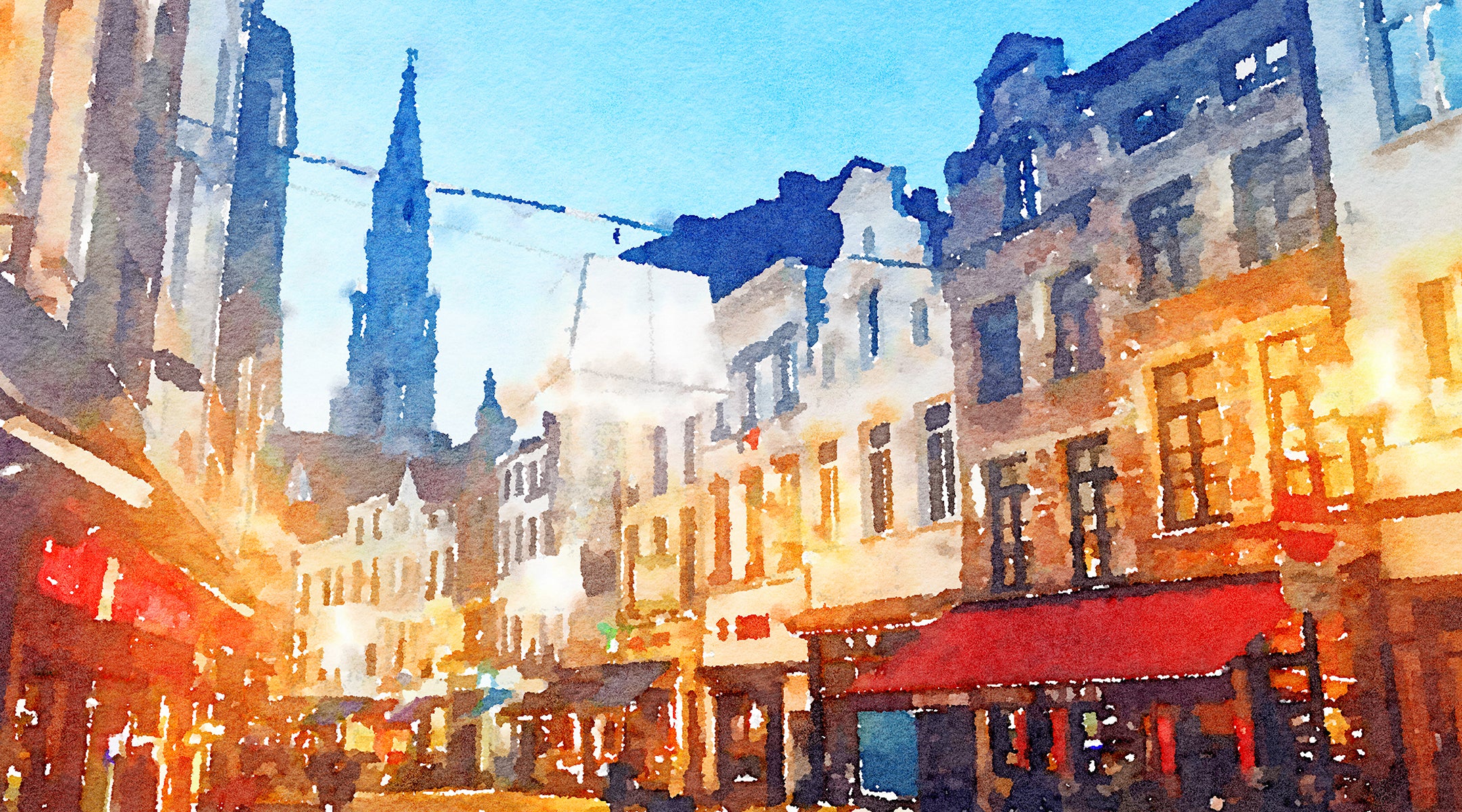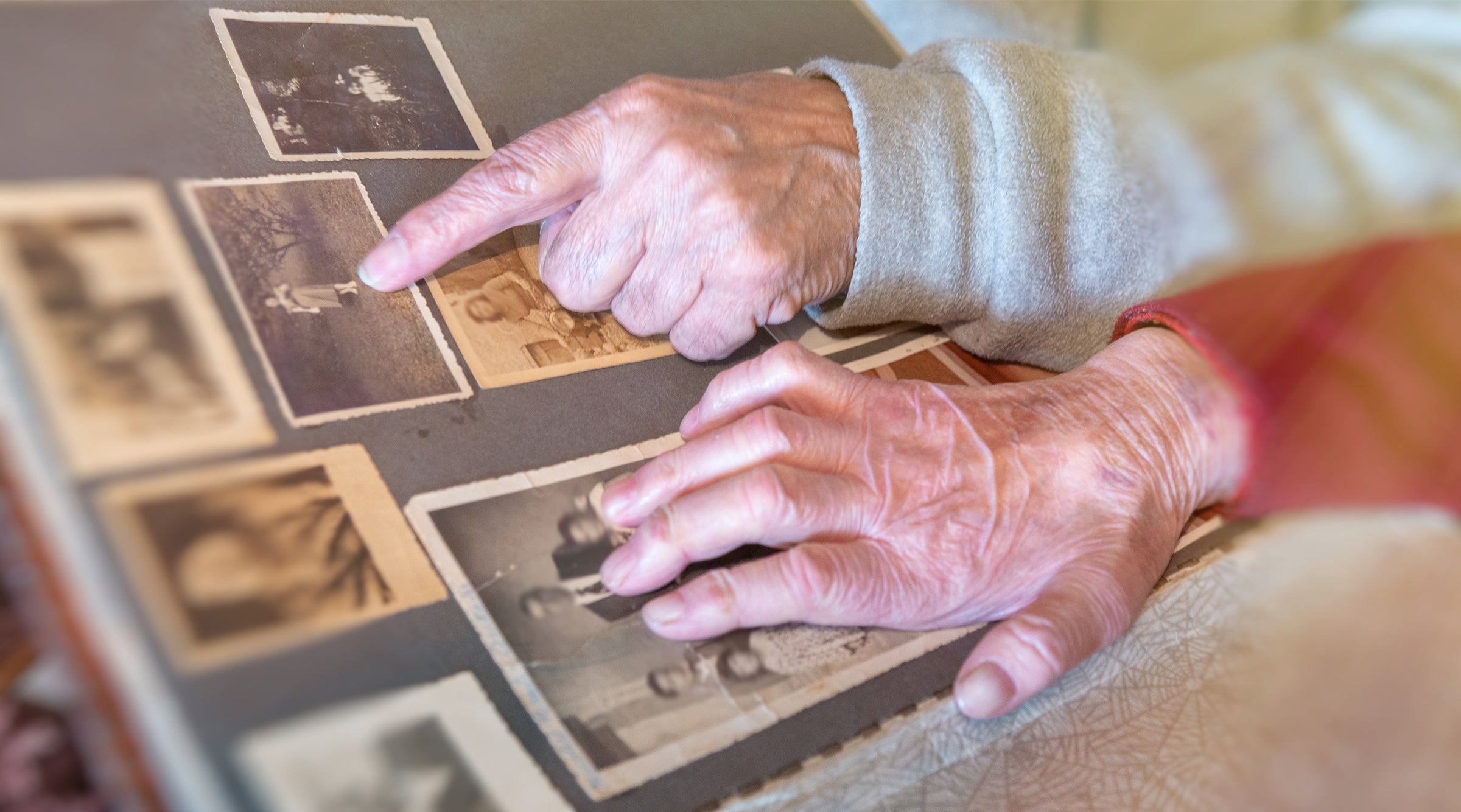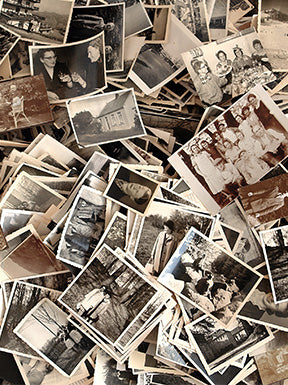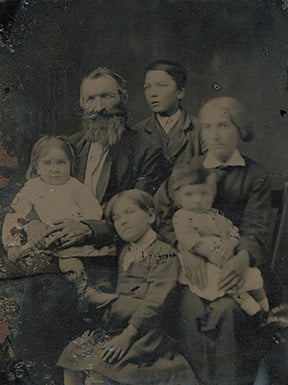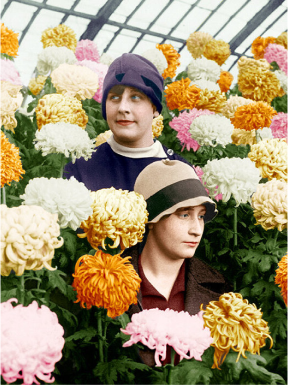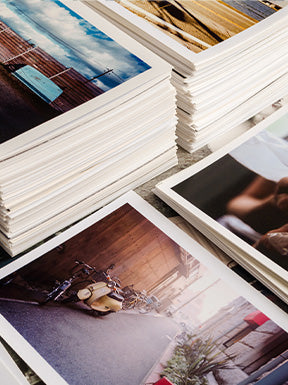Thousands of people across the globe come together every June to celebrate and make the world a better, safer place for those looking to be their true selves. Pride Month is all about acceptance, equality, raising awareness of issues impacting the community, and education in LGBTQ+ history.
Photography is one of the greatest tools to eradicate stereotypes, allow LGBTQ+ members to break barriers, and provide perspective on our communities’ cultures and issues. Let’s take a look at how.
Photos let us remember
Fairy tales start with once upon a time, but the story of Pride Month started with a series of spontaneous, violent demonstrations by members of the gay community against a police raid.
The Stonewall riots took place in the early hours of June 28, 1969, at the Stonewall Inn, in New York City. The protests and violent clashes lasted six days and involved hundreds of people.
The Stonewall riots paved the way for the gay liberation movement and the modern fight for gay and lesbian rights in the United States. Talented photographers such as Fred McDarrah and Diana Davies, among others, managed to create powerful memorials and demonstrated the output of the Stonewall riots. Most importantly, they prevented Stonewall from fading in public memory.
A year after the riots, thousands of people marched from the Stonewall Inn to Central Park, which was known as Christopher Street Liberation Day, and latterly the nation’s first pride parade. Since 1970, LGBTQ+ communities and allies have kept gathering together to march with pride and fighting for equal rights.
Pictures capture the moment and beyond
‘’My desire is to preserve the sense of people’s lives, to endow them with the strength and beauty I see in them. I want the people in my pictures to stare back,’’ said Nan Goldin, a contemporary American photographer.
Her incredible words express the raw emotion and role of photography in LGBTQ+ communities. Photography is about documenting and capturing moments of life. It reveals the invisible individuals or groups and helps them be seen and, more importantly, understood.
Goldin’s gritty and chaotic images of lovers, friends, and herself at parties in the Boston queer community during that time made her famous in the 1980s. Since then, she has explored LGBTQ+ subcultures, moments of intimacy, and the HIV/AIDS crisis.
Another prime and older example is Diane Arbus. Her groundbreaking portraits of marginalized groups, including transgenders and gay people gave testimony to the stories behind the curtains. Her mission was to highlight the importance of proper representation of all people, and she gave a new look at the underground lives and experiences, free from any kind of judgment.
Last but not least, Robert Mapplethorpe is well known for his black-and-white portraits (nude and clothed) and self-portraits while others contain explicit homosexual and heterosexual imagery. His photographs present us with images of classical beauty that are both formal and raw.
He was only 42 years old when he passed away from AIDS-related complications, however, the work of the Robert Mapplethorpe Foundation keeps his legacy alive. He founded it not only to promote photography and support museums that exhibit photographic art but also to fund medical research in the fight against HIV-related infections and AIDS.
His work, as well as Arbus’, and Goldin’s are but a few iconic truth-tellers of the LGBTQ+ community. They offered insight for me as a young person to see the beauty in human uniqueness and helped me embrace my own story and self. Ever grateful for their courage, honesty, and unapologetic authenticity.
Happy Pride Month, everyone! 🏳️🌈 Don’t forget to get your camera and capture your story!
Read my blog to learn more about the power of photography.


